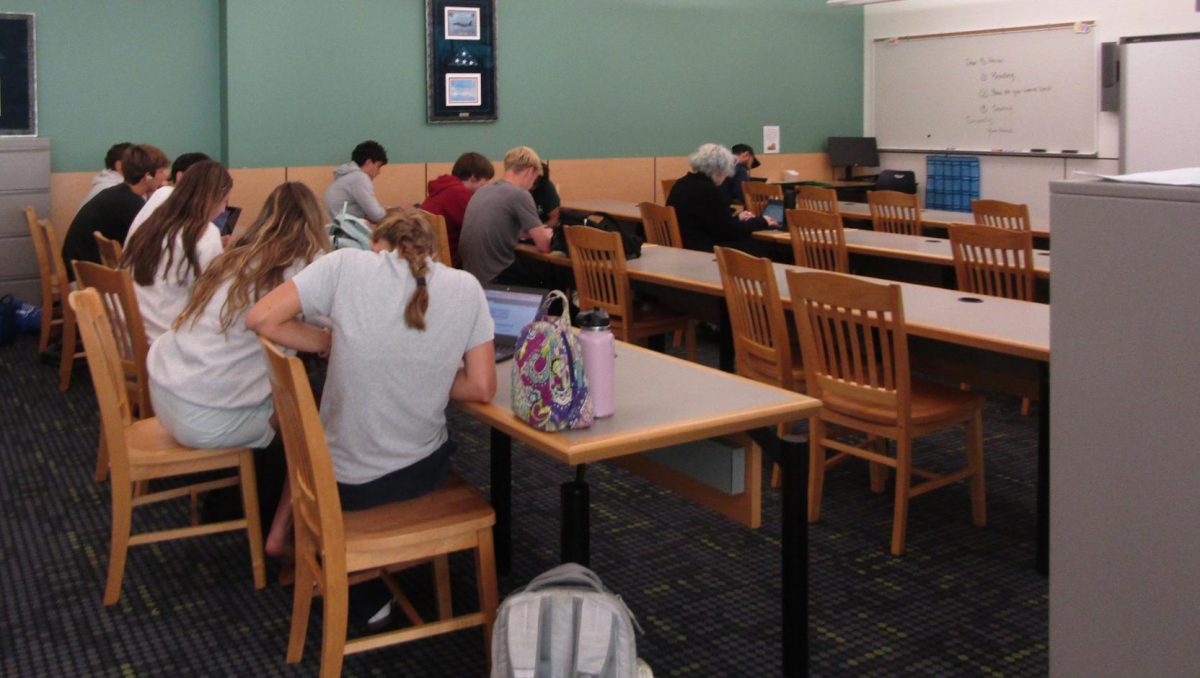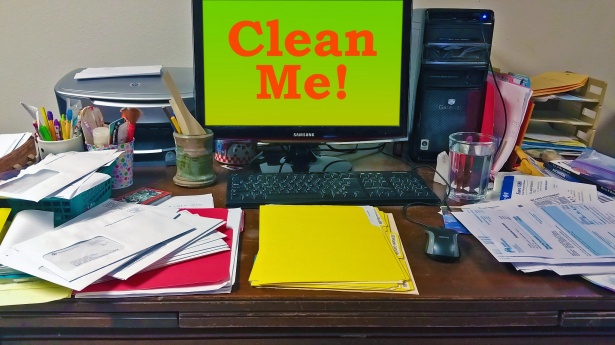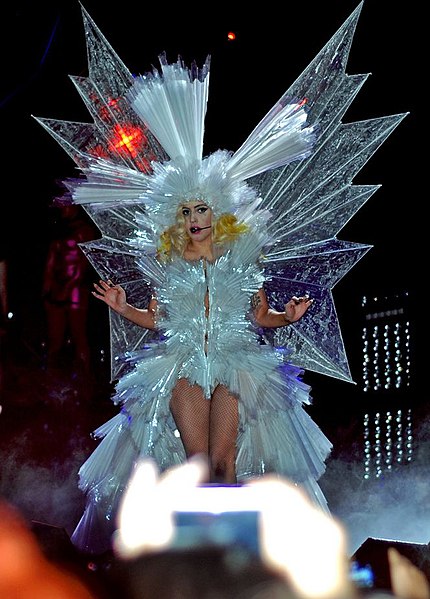In recent years, environmental issues have become more and more serious. Many countries are trying their hardest to stop the amount of global pollution. There has already been damage to our climate and the ozone layer.
One major problem to all of this is the amount of plastic water bottles the world uses.
Plastic water bottles cause extreme harm to the environment and many people don’t even realize it. Plastic bottles are very convenient for people to use because once you are done you can throw it away without thinking about it.
In reality, the water bottle you think you’re recycling probably isn’t being recycled. 70% of plastic water bottles end up in landfills, while only 30% get down cycled into things like fabric, carpets, and clothes that all go to landfills after one use.
America doesn’t make it easy to recycle water bottles. Only 10 out of the 50 states have beverage container recycling programs. There are estimated to be around 75-200 million tons of plastic in our oceans. If we keep up the way we are right now there will soon be more plastic than fish in the ocean.
There are estimated to be 46,000 pieces of plastic per square mile of ocean. Every day, eight million new pieces of plastic are dumped into the oceans.
The Great Pacific Garbage Patch (GPGP) is an area in the North Pacific Ocean filled with plastics. The GPGP is 1.6 million square kilometers and twice the size of Texas.
Every second that goes by 1,000 plastic water bottles are opened, and everyday people throw out 60 million plastic water bottles, which end up in landfills or the streets. This equals around 35 billion plastic water bottles a year.
The U.S. produces 30 percent of the world’s trash and pollutants. Plastic takes up around 90 percent of all of the trash floating on the ocean’s surface. Most of the plastic water bottles that end up in landfills can take up to hundreds of years to fully decompose.
Over time, plastic water bottles will degrade into microplastics. Microplastics are able to get into soil and water and will affect wildlife and our environment negatively. When microplastics are in the ocean, they look like food to a lot of marine animals. This causes many of them to eat it which ends up killing them. This affects the health of the animals and the ecosystems in our oceans. This also affects the food chains of many animals.
Many people enjoy the convenience of being able to grab a water bottle and throw it out after one use, but nobody thinks of the effects this has on our environment.
We have produced around 8.3 billion tons of plastic worldwide since the 1950s. In addition, 60% of that plastic has found its way to landfills or the natural environment.
It’s not hard for people to clean up the plastic water bottles in the ocean but it’s impossible to clean the ocean free of microplastics. Plastic kills more than 1.1 million seabirds and animals annually. Around 700 species of organisms have ingested or become entangled in or with plastic debris.
In order to help reduce the amount of plastic in the oceans and reduce the amount of plastic water bottles, we use you can buy a reusable water bottle made from glass or stainless steel instead of using plastic bottles.
Although, it may not seem like you’re doing much to help prevent these issues, small changes in your daily life will help make large impacts on these issues.
The next time you need a drink, consider using tap water or a reusable bottle. It is a small difference, but it is still a difference.







































